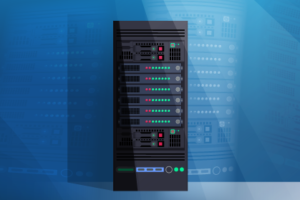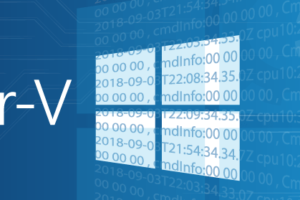Save to My DOJO
According to members of Microsoft’s Hyper-V team, one of the chief design goals of the hypervisor was to make it “knobless”. They wanted it to just work without a lot of tuning and balancing on the part of administrators. For the most part, that works out pretty well — once you’ve deployed. Unfortunately, that doesn’t mean you can just drop in the Hyper-V installation DVD, click Next a few times, and end up with a perfectly functioning virtual environment. There are a number of steps that need to be taken when installing Hyper-V, and unless you’re in the business of deploying new installations of Hyper-V on a regular basis, you’re probably not going to remember them all. Here’s a quick checklist of the major points you’ll need to address in order to ensure your Hyper-V environment is ready to go.
This checklist assumes you already know what all the terms mean. If you don’t, stay tuned (RSS). We’ll produce additional posts and publications that will dive deeper. If you can’t wait, there is enough information here to get you started.
The Physical Environment
- Configure switches (jumbo frames, PortFast or quick initialization, flow control, VLANs, trunk)
- SAN: Configure connection parameters for Windows hosts
- Hosts: Enable BIOS virtualization options, set NX, configure remote access devices, partition internal storage
- Connect cabling
- Update BIOS, firmware, etc. for all hardware
- Document all of the above
- Perform stress/burn-in testing
The Logical Design
- Determine host name(s), cluster name, if any
- Determine IP ranges
- Management Network
- iSCSI Network (if any)
- Cluster Network (if clustering)
- LiveMigration Network (if clustering)
- CSV Network (if any)
- Determine IP addresses for individual hosts and devices in above networks
Install and Configure Hyper-V
- Prepare host as desired (RAID configuration, hard drive partitioning, etc.)
- Install Windows Server 2008 R2 or Hyper-V R2
- Install hardware drivers and vendor tools
- Connect to SAN, if any
- Install Windows features and support software
- Set up virtual network(s)
- Document configuration
Build Cluster (if any)
- Repeat Hyper-V installation for each cluster member
- Create cluster, connect each node
- Run validation tool and permanently save results
- Build CSVs
Prepare Management Environment
- Configure remote management settings (firewall, etc.)
- Install and/or configure RSAT
- If using SCVMM, designate machine and install server component; install agents and consoles
Post-Installation and Testing
- Bring configuration and tools to desired patch levels
- Build a virtual machine for testing purposes
- Validate successful LiveMigration (if applicable)
- Change ownership of CSVs and other cluster resources (if applicable)
- Test virtual machine backup and restore
- Document patch levels and testing date


Not a DOJO Member yet?
Join thousands of other IT pros and receive a weekly roundup email with the latest content & updates!









1 thoughts on "Hyper-V Installation Checklist (Hyper-V R2)"
[…] each host. If you don’t know how, follow our guide on installing Hyper-V R2 or go through our Hyper-V Installation Checklist. It is preferable to not add any iSCSI or FibreChannel targets to any of the hosts until […]